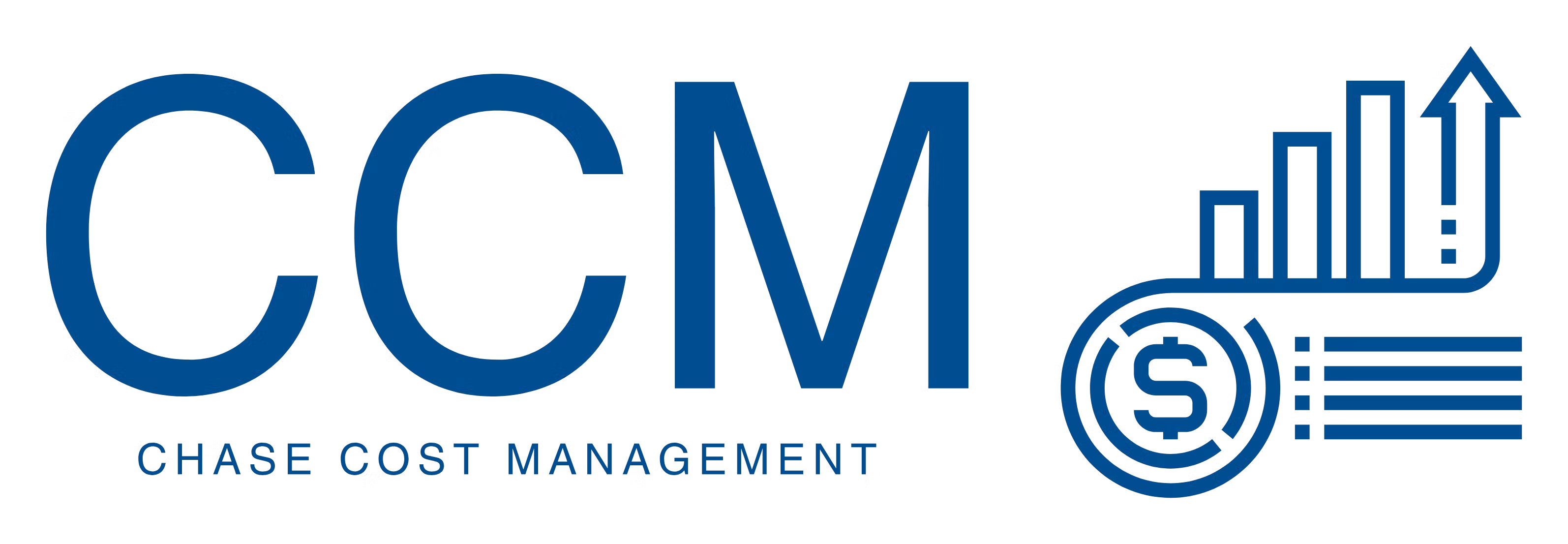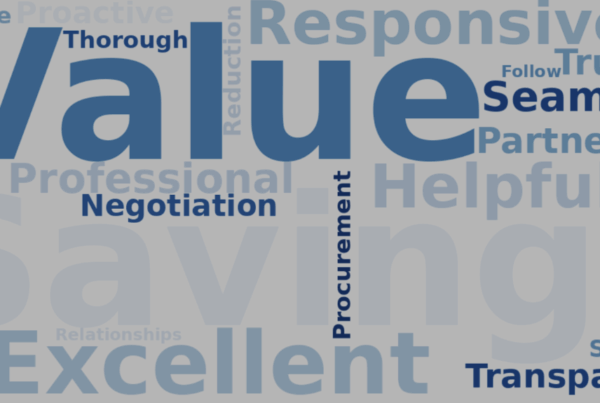In the complex global marketplace, the ability to quickly and accurately classify vendors is crucial for maintaining competitiveness, ensuring supply chain resilience, and driving innovation. Vendor categorization is a strategic imperative, impacting an organization’s profitability and long-term sustainability. It’s essential for controlling vendor centralization, tracking maverick spending, identifying emerging expenditure trends, and finding new optimization opportunities.
AI has greatly changed, simplified and enhanced the supplier classification process. Leveraging various AI technologies such as machine learning, natural language processing (NLP), and data analytics, organizations can automatically optimize the classification of suppliers based on their products, services, performance, and other criteria.
Key Features of AI in the Vendor Classification
Automatic Classification:
- Pattern Recognition: AI algorithms can analyze vast amounts of vendor data to identify patterns, trends, and correlations that may not be obvious to human analysts. This allows automatic classification of suppliers based on predefined criteria such as product type, industry, and pricing.
- Natural Language Processing (NLP): AI can understand and interpret human language in vendor documents, contracts, and communications. This enables it to categorize suppliers based on textual analysis of their descriptions, products, and performance evaluations.
Enhanced Data Management:
- Data Enrichment: AI can integrate and analyze data from multiple sources, including internal databases, vendor submissions, and third-party data services to create a comprehensive view of each vendor. This helps to classify suppliers more accurately and efficiently.
- Data Cleansing: AI tools can identify and correct errors in vendor data, such as duplicate entries, typos, or outdated information, ensuring the classification process is based on accurate and up-to-date information.
Predictive Insight:
- Demand forecasting: AI can predict future trends and various categories of demand, helping organizations adjust their supplier strategies accordingly.
- Supplier Recommendations: By analyzing an organization’s purchasing history and preferences, AI can recommend new suppliers or suggest changes to supplier categories to optimize cost and performance.
Efficiency and Scalability
- Automated Workflow: Automated supplier classification processes can significantly reduce manual labor, minimize errors, and improve the efficiency of procurement operations.
- Scalability: AI systems can easily scale to accommodate growing volumes of vendors and data, making it easier for organizations to expand their vendor base without compromising classification quality.
Implementing AI in supplier classification can help organizations achieve more accurate classification, improve efficiency, reduce risk, and gain valuable insights. However, when it comes to AI, several areas of focus and concern need attention from developers and businesses.
Potential Risks and Negative Impacts
Data Quality and Bias
- Data Integrity: Ensure that the data used to train and inform AI models is accurate, complete, and representative. Poor quality data can lead to misleading analysis and decision-making.
- Bias Detection and Mitigation: Be alert to bias in the data set. AI systems can amplify existing biases, so these must be identified and corrected to prevent unfair or discriminatory outcomes.
Skill Development and Adaptation:
- Continuous Learning: The field of artificial intelligence is growing rapidly. Stay aware of the latest tools, techniques, and methods in the field of artificial intelligence and data science. This may include learning programming languages popular in AI, such as Python or R, as well as understanding machine learning frameworks.
Technical Challenge
- Model Complexity: AI models, especially deep learning, can be very complex. A deep understanding of the model architecture, capabilities, and limitations is essential for effective implementation and troubleshooting.
Chase Cost Management’s Impact
Chase Cost Management (CCM) integrates AI into supplier classifications in order to improve operational efficiencies through enhanced vendor management, predictive insights, and increased data accuracy. Our skillful use of AI adds the ability to analyze large data sets, identify patterns, and provide actionable insights, which we have seen transform the supplier classification process. This integration not only supports achieving strategic sourcing faster but also enables organizations to maintain a competitive advantage in a complex supplier marketplace with our outsourced procurement teams.





